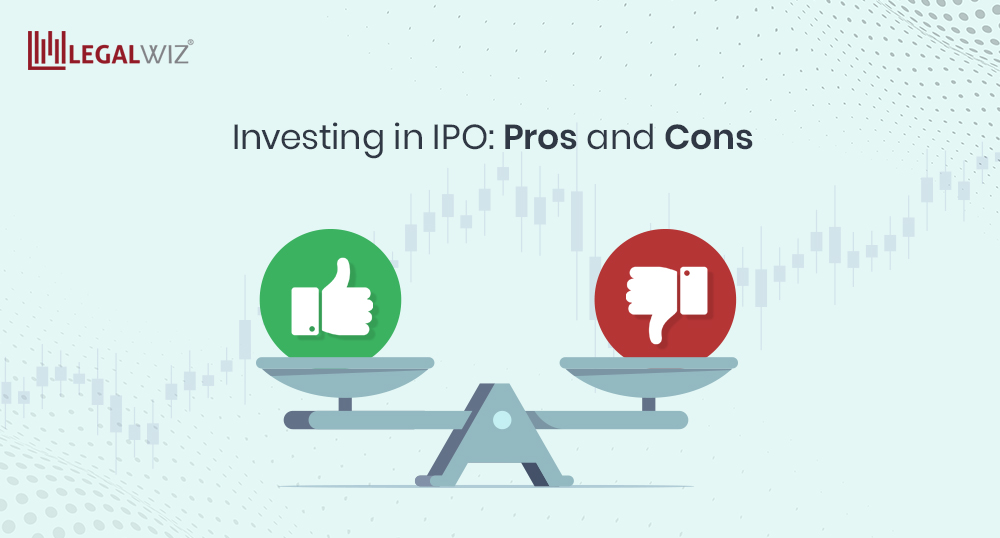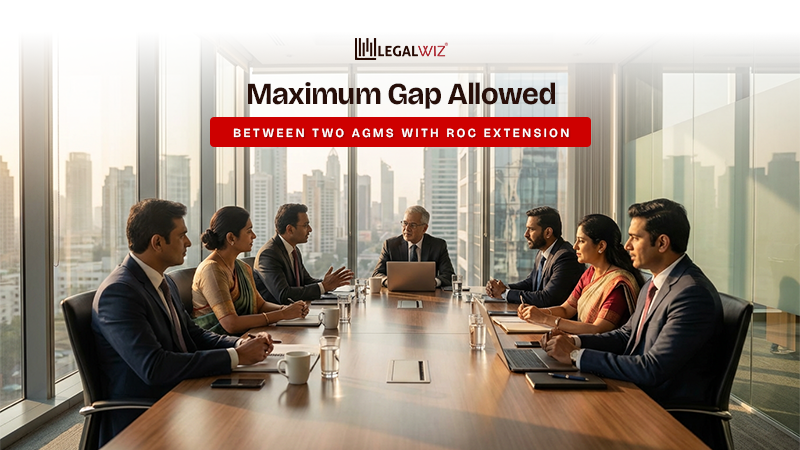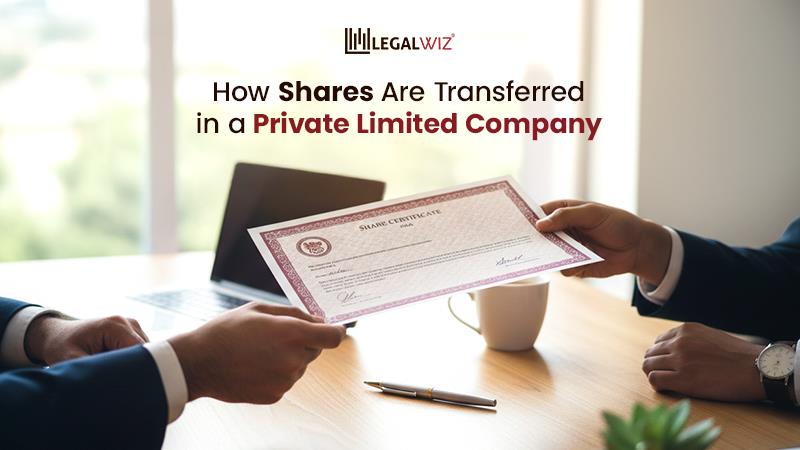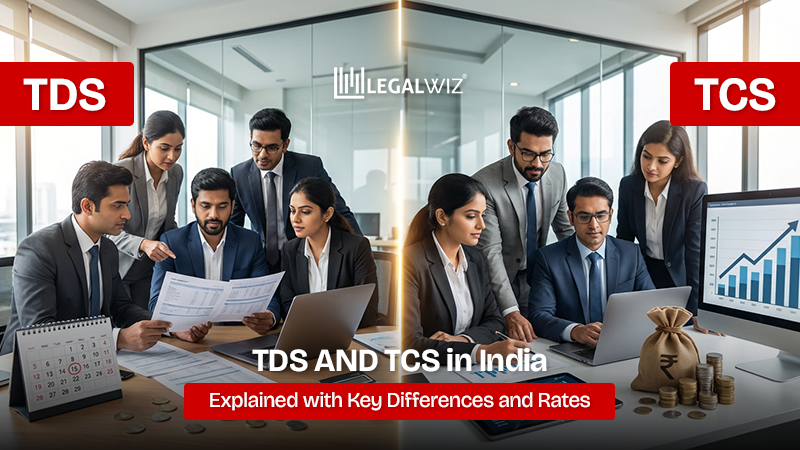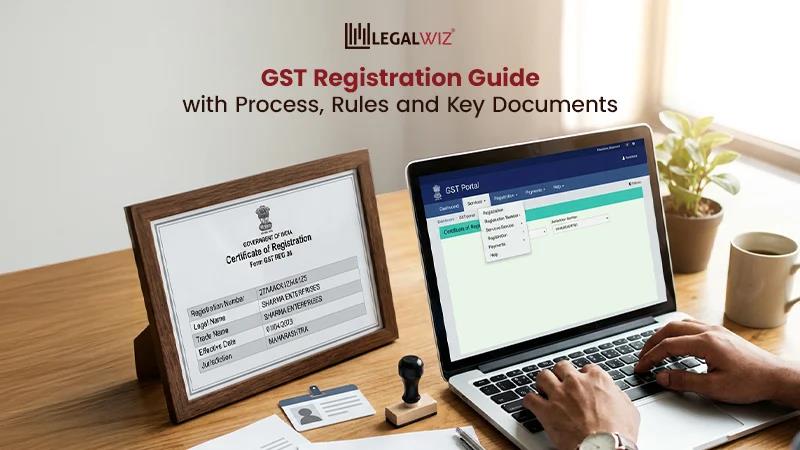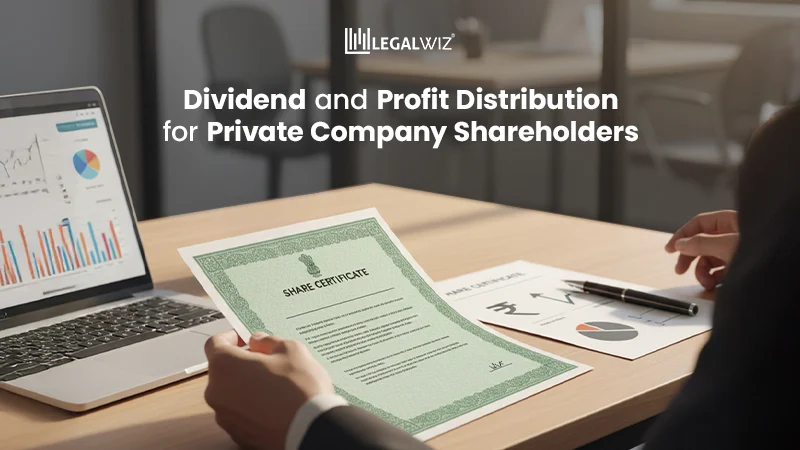What are the Pros and cons in investing in the IPO ?
Introduction
The initial public offering is a process under which a privately owned company becomes a publicly-traded company by providing its shares to the public for the first time. The private limited company, which has a finite number of shareholders, distributes the proprietorship by going public by trading its shares, and that’s how the company gets listed on the stock exchange.
Suppose the company chooses to become a public limited company and recruit an investment bank to handle the IPO. Both the bank and the company discuss and work out the company’s financial details in the agreement referred to as underwriting agreement. Once an agreement has been made, they submit registration with SEC (securities and exchange commission). It examines all the provided data and details, and everything is accurate, then it permits the company to announce a date to offer IPO.
Also Read: Understanding the Income Tax Rules for Equity Shares Trading
There are two types of IPOs
Fixed price offering – it is a straightforward and most uncomplicated form of IPO. The company notifies the IPO prices in advance, and if you want to partake in it, you are ready to pay the full money.
For instance, any medical equipment manufacturing company chooses to expand its manufacturing plants by raising capital. They decide to raise this capital by selling the company’s shares, which is an IPO route.
Book building offering – here, the stock price will be provided at a twenty percent cap. Hence, the lower price level is the floor price, and the upper level of cost is referred to as the cap price. At first, investors bid for the price that they are ready to pay for the shares. This practice gives the company an idea about the public interest, and afterward, the company releases its final price.
For instance, the clothing company for men decides to raise capital to expand the business. They decided to take their company public and recruit merchant banker who analyses company’s future and net worth. The merchant banker wants to assess what range of shares would be best for the company. It is a process to determine how much investors are ready to pay. The company issues 20000 shares with a price range of Rs. 100-110. For 6000 shares, the bids were received at Rs. 100, for 8000 shares, it was Rs. 105, and for 12000 shares, it was Rs. 110. The final cut-off price would be Rs. One hundred five as bids for 12000 and 8000 shares were at Rs. 110 and 105. Hence, the company would refund Rs. 100 bid price and balance amount to those who bid at Rs. 110 as the final cut-off price is Rs. 105.
Pros of IPO
Get in on the action early – investing in IPO would pan out to be beneficial if the company would multiply in the coming future, and that is how you can grow your wealth in the long run. If you are investing in a company that is making a decent profit in the market, you would also grow along with the company’s growth.
Long-term goals – investing in IPO is like an equity investment. They are likely to bring you numerous profits in the long run, and by that, you can fulfill your long-term goals, such as buying a property. The Indian IPO market is also growing as it reported IPOs worth $2.4 billon in the first three months of 2021.
Transparency – you will have transparency in price like giant investors. You can see the cost of securities in the IPOs order. Hence, the whole process is transparent. Once the company turned into IPO, the share prices would likely rely upon volatile market conditions.
Purchase when cheap and earn big later – when the companies intend to go for IPO, their shares are provided at discounted rates. Hence, when the promising company would float for IPO, it will provide its shares at the cheapest rate, but after it makes the profit in the long run, investing in that company would not be possible for any. For instance, when Amazon floated IPO in 1997, its price was $18, and people who purchased shares at that time have made decent profits via the IPO.
Cons of IPO
One of the most significant risks of investing in the IPO is that there is no guarantee of receiving the shares. If the shares are subscription-based, then anyone can apply for them. The company would grant shares on a proportional basis and if you are a small-time investor and individuals are multiple. The pre-IPO share mechanism of India would hardly get you any shares.
When you purchase the pre-IPO shares, then you are on the verge on the risk of receiving less than what you invested. The pre-IPO’s price shares are only determined after it is listed, and there are plenty of cases where the listed price is turned out to be less than the purchase price.
Also Read: Understanding the Systematic Withdrawal Plan
External influence can highly impact the price, especially when the companies are running their business according to government legislation which is subject to fluctuation as per the present political situation in India.
In conclusion
It has been deduced that the IPO is a complex and lengthy process. But if the company you have invested in making huge profits, you would also grow along with the company.

Karan Dave
Karan Dave is a seasoned writer associated as a content expert with Legalwiz.in. He has blended his interests in business solutions and starup economy with the writing capabilities to provide resourceful information for varied audiences.
